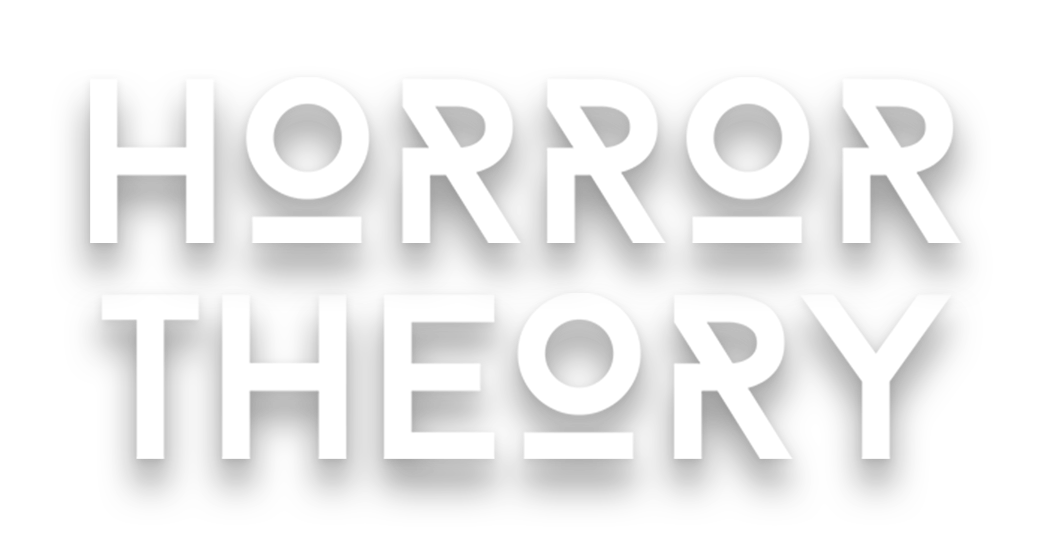It’s been 13 years since the release of the 2007 teen horror thriller Disturbia, which starred Shia LaBeouf, David Morse, Sarah Roemer and Carrie-Anne Moss and followed a teenage boy who was placed on house arrest and begins obsessively spying on his sketchy neighbor who he suspects of murder. The movie is famously inspired by Alfred Hitchcock’s masterpiece Rear Window– which the film never credits.
This led to a years-long lawsuit against Steven Spielberg, DreamWorks, and Universal Studios in 2008, according to Reuters. The suit alleged that Disturbia infringed on the rights to Cornell Woolrich’s 1942 short story “It Had to Be Murder” (the basis for the classic Alfred Hitchcock film Rear Window), and that DreamWorks never bothered to obtain motion picture rights to the intellectual property and evaded compensating the rights holder for the alleged appropriation.
The short story “It Had to Be Murder” was prominently credited as inspiration for Hitchcock’s 1954 mystery thriller, even featuring this credit on the cover art of the original theatrical release poster.
The claim made against the filmmakers and production studios was rejected by the U.S. District Court in 2010 on the basis that the original Woolrich short story and Disturbia are only similar at a high level of generality and abstraction.
“Their similarities derive entirely from unprotectible elements and the total look and feel of the works is so distinct that no reasonable trier of fact could find the works substantially similar within the meaning of copyright law.” Disturbia contained many subplots not in the original short story. “The main plots are similar only at a high, unprotect-able level of generality … Where ‘Disturbia’ is rife with sub-plots, the short story has none. The setting and mood of the short story are static and tense, whereas the setting and mood of ‘Disturbia’ are more dynamic and peppered with humor and teen romance.”
This was a major win for the film, which had already made $118.1 million at the box office against a $20 million budget.
